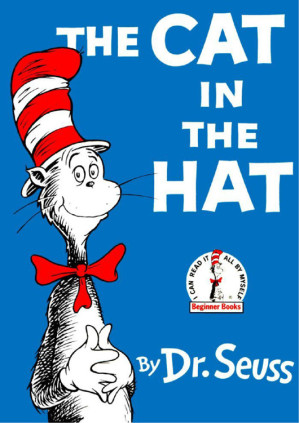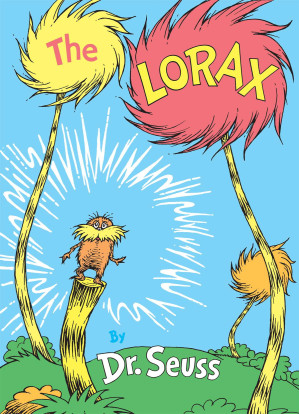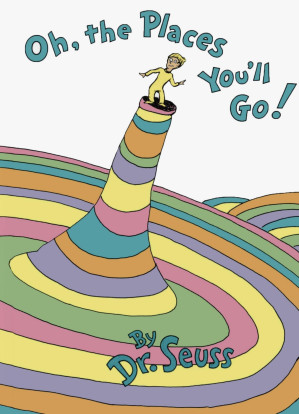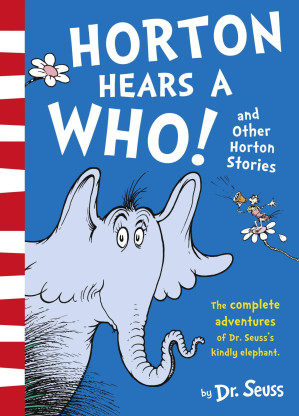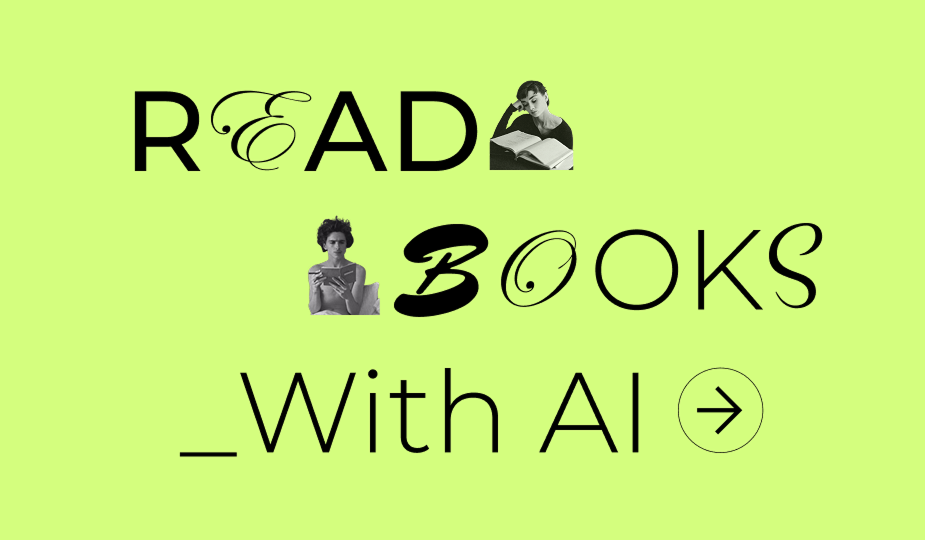🎯 Want to read Dr. Seuss's books for FREE with AI-powered assistance?
Read Dr. Seuss for FREE at readever.app - Access his complete works with advanced AI reading comprehension tools that help you understand his complex legacy, literary techniques, and historical context. Perfect for parents, educators, and literature enthusiasts!
Theodor Seuss Geisel, known to the world as Dr. Seuss, is a titan of 20th-century American culture whose books have sold over 600 million copies worldwide. His name is synonymous with whimsical rhymes, fantastical creatures, and a unique artistic vision that remains instantly recognizable. Yet, to truly understand the enduring power and profound complexity of Dr. Seuss, one must look beyond the surface of green eggs and ham.
The man behind the myth was a multifaceted and often contradictory figure: a brilliant advertising illustrator who honed his craft selling bug spray, a fierce political cartoonist who wielded his pen against fascism, a literary innovator who revolutionized the way children learn to read, and, undeniably, a product of an era whose work contains harmful and racist stereotypes.
This 2025 guide offers a critical introduction to his life and legacy, exploring the man in full—celebrating his genius without shying away from his flaws—to present a nuanced portrait of one of America's most beloved and controversial storytellers.
The Name is a Ruse: The Creation of Dr. Seuss
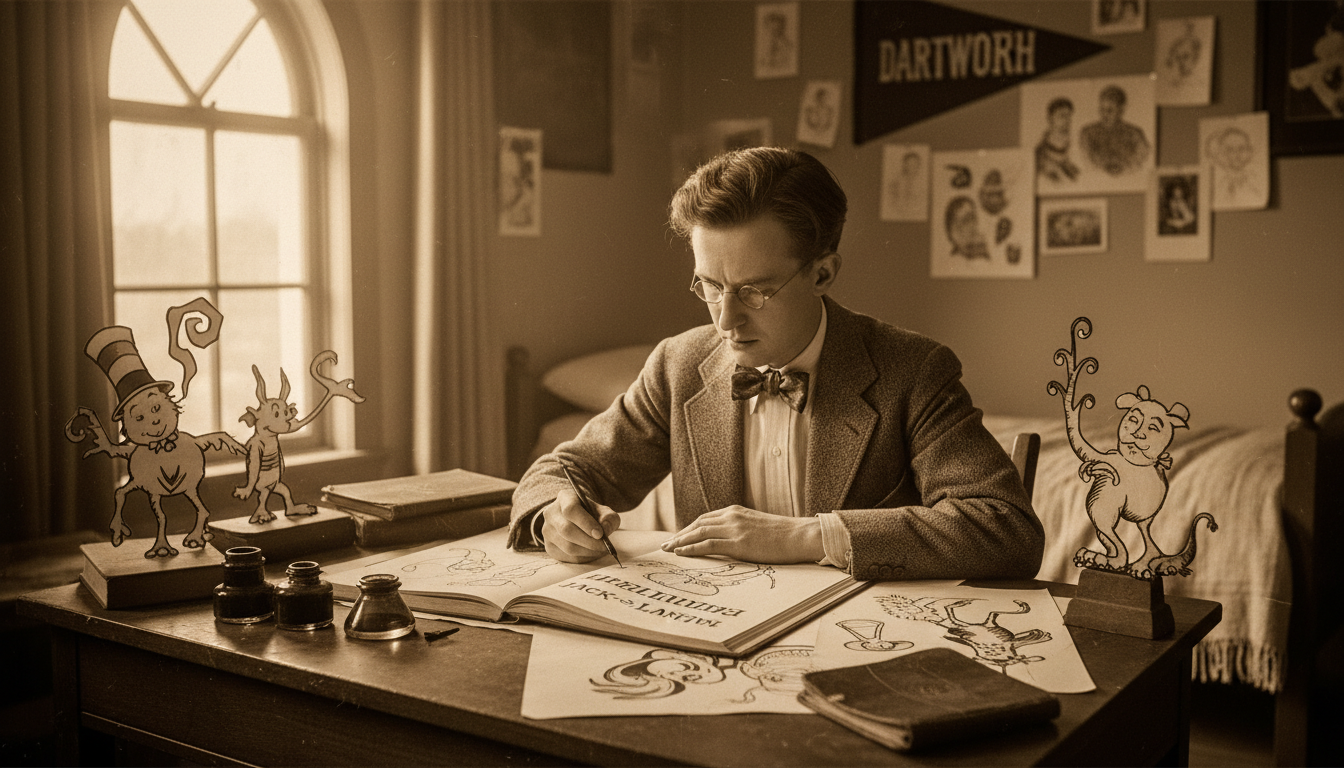
The very name "Dr. Seuss" is a fabrication, a playful fiction with deep roots in the author's real life. It encapsulates the core tensions of his character: the mischievous rule-breaker, the dutiful son, and the shrewd professional.
The Birth of "Seuss": A Collegiate Act of Rebellion
While attending Dartmouth College in the 1920s, Theodor Geisel rose to become the editor-in-chief of the campus humor magazine, the Jack-O-Lantern. His tenure, however, was cut short when he was caught drinking gin in his room with friends, a violation of both school policy and national Prohibition laws. As punishment, the dean insisted that Geisel resign from all extracurricular activities, including his beloved magazine.
Undeterred, Geisel devised a way to continue his work covertly. He began signing his cartoons and writings with his middle name, which was also his mother's maiden name: "Seuss". This clever circumvention of authority transformed a disciplinary action into the foundation of his lifelong identity, establishing a foundational theme of creative rebellion that would define his career.
The "Doctor" Title: A Nod to Family and a Marketing Ploy
The "Dr." prefix was added later and served multiple purposes, all tinged with irony. After Dartmouth, Geisel attended Oxford University with the intention of becoming a professor, a path his father strongly encouraged. However, bored by his academic studies, he left without completing his doctorate. The "Dr." became a tongue-in-cheek reference to this abandoned degree, a self-deprecating nod to his status as an academic dropout.
It also served as an ironic tribute to his father, who had always hoped his son would earn a doctorate or practice medicine. By adopting the title, Geisel could simultaneously mock and honor his father's ambitions. Furthermore, he believed the title lent an air of credibility and authority to his work, a clever marketing ploy for a man who would soon be prescribing fun to millions of children.
The Ad Man Who Drew for Flit and Ford

The common narrative of Dr. Seuss as a pure, whimsical artist emerging fully formed is incomplete. He was a commercial artist first, and his long, practical apprenticeship in the world of advertising was the essential, yet often overlooked, bridge to his success as a children's author.
"Quick, Henry, the Flit!": A Career Takes Flight
After leaving Oxford, Geisel moved to New York in 1927 to pursue a career as a cartoonist, but he faced months of rejections. His big break came from an unexpected source. A cartoon he drew for Judge magazine featured a knight lamenting, "Darn it all, another dragon. And just after I'd sprayed the whole castle with Flit!". According to legend, the wife of an advertising executive for Standard Oil, the parent company of Flit insect repellent, saw the cartoon at her hair salon and urged her husband to hire its creator.
This led to a 17-year advertising contract that provided Geisel with a steady and substantial income. His wildly popular Flit ads, featuring his signature bizarre creatures, were accompanied by the catchphrase "Quick, Henry, the Flit!," which soon entered the American vernacular and made him a minor celebrity.
An Artistic Proving Ground
The financial security from his work on campaigns for Flit, Standard Oil, Ford, and NBC allowed Geisel and his wife, Helen Palmer, to live comfortably, even through the Great Depression. More importantly, this commercial work served as a crucial proving ground where he refined his unique artistic style. The whimsical, rounded, and slightly droopy figures that would later populate his books first appeared in these advertisements. Horton-esque elephants, turtles resembling Yertle, and Nizzard-like birds can all be found in his early commercial sketches.
This period honed his sharp draftsman skills and his ability to advance a narrative through illustrations filled with tension, movement, and color—a technique that would become a hallmark of his children's literature.
Dr. Seuss Goes to War: The Pen as a Political Weapon
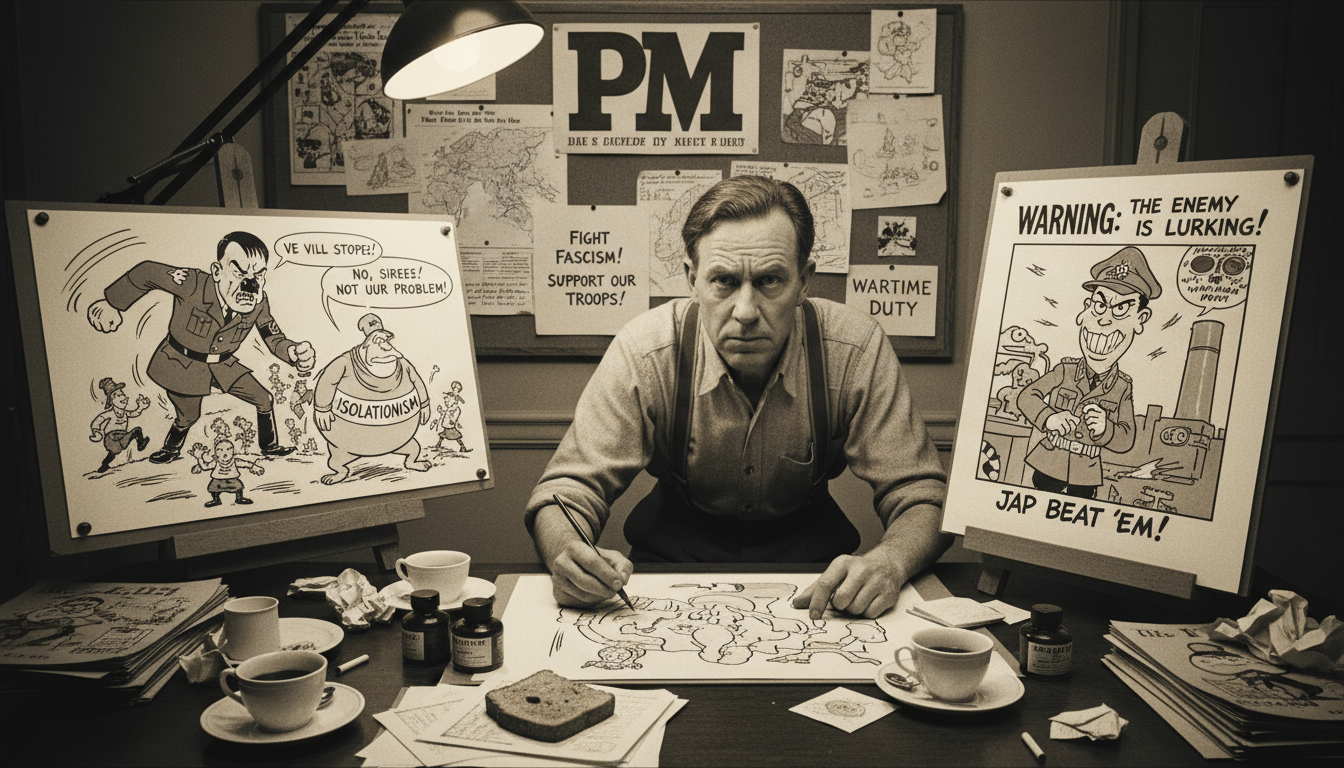
The whimsical world of Dr. Seuss took a sharp, serious turn with the onset of World War II. Haunted by the rise of fascism in Europe, Geisel set aside children's literature and became one of America's most ferocious political cartoonists.
Cartoonist for PM Magazine
From 1941 to 1943, Geisel served as the chief editorial cartoonist for PM, a progressive New York newspaper. In this role, he drew over 400 cartoons, wielding his pen as a weapon against what he saw as the greatest threats of his time. His cartoons were savage, eloquent, and often darkly funny, heaping scorn on Adolf Hitler, Benito Mussolini, and the Japanese government. Domestically, he relentlessly attacked the American isolationist movement, particularly the "America First" Committee and its celebrity spokesman, Charles Lindbergh, whom he often depicted as an ostrich with its head in the sand.
A Fervent, if Flawed, Anti-Racist
Geisel's cartoons from this period also reveal a passionate opposition to certain forms of domestic racism. He drew powerful images criticizing anti-Semitism and the discrimination faced by African Americans. One notable cartoon bemoaned the obstacles preventing Black workers from fully contributing to the war effort, a progressive stance for the time. This work establishes his credentials as a man deeply concerned with social justice and equality.
Virulent Anti-Japanese Propaganda
However, this commitment to equality did not extend to all people. Coexisting with his anti-fascist and anti-racist work was a torrent of virulently racist propaganda aimed at Japanese people and, devastatingly, Japanese Americans. His cartoons employed extreme racial caricatures, depicting Japanese individuals with exaggerated epicanthic folds, pig-like snouts, and other animalistic features. He explicitly supported the "killing of Japs" and, in one infamous 1942 cartoon, depicted Japanese Americans on the West Coast as a fifth column, lining up to receive explosives and waiting for a signal from Japan.
This type of propaganda contributed to the fearful climate that led to the forced internment of more than 125,000 people of Japanese descent, most of them American citizens.
The Revolution in the Primer: How The Cat in the Hat Changed Reading

The Cat in the Hat was not just a successful book; it was a disruptive technology that fundamentally altered the market for children's education. In the 1950s, the educational establishment faced a problem it could not solve: widespread childhood illiteracy fueled by primers that were painfully dull.
The "Why Johnny Can't Read" Crisis
In the mid-1950s, a cultural panic was brewing over the state of childhood literacy in America. A 1954 article in LIFE magazine and Rudolf Flesch's bestselling book Why Johnny Can't Read sharply criticized the primers used in schools. Books like the Dick and Jane series, with their repetitive, simplistic, and bland stories ("See Spot run. Run, Spot, run."), were seen as so mind-numbingly boring that they actively discouraged children from learning to read.
A Primer with a Punchline
In response to this crisis, a publisher at Houghton Mifflin challenged Geisel to write a book that first-graders couldn't put down. The catch: he had to do it using a restricted list of just 220 basic vocabulary words. Geisel found the constraint maddening but ultimately liberating. After months of struggle, he decided to make a story out of the first two rhyming words he could find on the list: "cat" and "hat." The result was The Cat in the Hat (1957). Using only 236 unique words, Geisel crafted a thrilling tale of anarchic fun, featuring a mischievous cat who turns a rainy day into chaotic adventure. It was his 15th children's book, but it was an immediate, explosive success that cemented his fame and changed his career forever.
Founding Beginner Books
The Cat in the Hat proved that books for early readers could be both educational and wildly entertaining. Its success revolutionized the children's book industry. Capitalizing on this new model, Geisel, his wife Helen, and Phyllis Cerf (the wife of Random House president Bennett Cerf) co-founded a new publishing imprint called Beginner Books. As president and editor of the division, Geisel dedicated himself to producing high-quality, engaging books for children just starting to read. He followed his initial success with a string of other iconic primers, including Green Eggs and Ham (written on a dare from Bennett Cerf to use only 50 different words), One Fish Two Fish Red Fish Blue Fish, and Hop on Pop, forever changing the landscape of children's literature.
Parables for a Purpose: The Politics of His Picture Books

After his direct political engagement as a wartime cartoonist, Geisel shifted his method of commentary from the editorial page to the picture book. He became a master of the "Trojan Horse" message, smuggling sophisticated and often radical political critiques into the mainstream cultural consciousness through the seemingly innocent medium of children's literature.
The Lorax and Environmentalism
Published in 1971, near the first anniversary of Earth Day, The Lorax is a powerful and grim allegory about corporate greed and environmental destruction. Geisel himself later called it "straight propaganda". The story is narrated by the Once-ler, a reclusive industrialist who recounts how his insatiable greed destroyed a vibrant ecosystem. He arrived in a paradise of colorful Truffula Trees and, to manufacture his useless product, the "Thneed," proceeded to chop them all down. His factories spewed "smogulous smoke" and "gluppity-glup" into the air and water, driving away the native wildlife like the Brown Bar-ba-loots and the Swomee-Swans.
The Lorax, a small, mustachioed creature who "speaks for the trees," repeatedly warns the Once-ler, but his pleas are ignored in the face of escalating profits. The book's visual palette, which shifts from bright, lush colors to dark, polluted grays, underscores the devastation. The story ends not with a happy resolution, but with the repentant Once-ler entrusting the very last Truffula seed to a young boy, a fragile symbol of hope for the next generation.
The Butter Battle Book and the Cold War
If The Lorax was a warning, The Butter Battle Book (1984) was an alarm bell. Published during a tense period of the Cold War under the Reagan administration, the book is a chilling and direct satire of the nuclear arms race. It tells the story of two societies, the Yooks and the Zooks, separated by a wall. Their conflict stems from a trivial, deeply held difference: the Yooks eat their bread with the butter-side up, while the Zooks eat theirs butter-side down.
This absurd disagreement leads to an escalating arms race. The weaponry evolves from simple slingshots to increasingly complex and ridiculous machines, created by "The Boys In The Back Room". The race culminates when both sides develop the "Bitsy Big-Boy Boomeroo," a small, glowing bean that is a clear stand-in for the atomic bomb. The book ends on a terrifying cliffhanger: a Yook and a Zook general stand on the wall, each poised to drop their bomb, waiting for the other to strike. The final page is left ambiguous, a stark depiction of the doctrine of Mutual Assured Destruction (MAD). The book's dark theme was so controversial that it was banned from some public libraries upon its release.
A Complicated Legacy: Confronting the Racism in Seuss's Work

The racism in Dr. Seuss's work is not a minor footnote or a collection of early "mistakes" that can be easily dismissed. It is woven into the fabric of his creative output, from his wartime propaganda to his most celebrated children's books, including his central icon, the Cat in the Hat.
Systemic Underrepresentation and Stereotyping
A landmark 2019 study by researchers Katie Ishizuka and Ramón Stephens, "The Cat Is Out of the Bag," analyzed the entirety of Dr. Seuss's 50 most popular children's books. The findings were stark. Of the 2,240 human characters depicted, only 45—a mere 2%—were characters of color. The overwhelming whiteness of his imagined worlds is compounded by the nature of the representation. The study found that every single character of color was male and was presented in ways that were "subservient, exotified, or dehumanized".
Specific Examples in Published Books
This pattern of harmful representation is evident in several of his early and most famous works:
-
And to Think That I Saw It on Mulberry Street (1937): The original edition of his first book featured a character described in the text as a "Chinaman." The illustration was a caricature with bright yellow skin, a conical hat, and chopsticks. In later editions, Geisel himself authorized changes, altering the text to "a Chinese man" and removing the yellow skin tone, indicating an awareness of the criticism even during his lifetime.
-
If I Ran the Zoo (1950): This book is a catalogue of racist stereotypes. It includes illustrations of two "African" characters who are depicted as shoeless, wearing grass skirts, and carrying an exotic animal for the book's white protagonist, Gerald McGrew. It also features Asian characters described as "helpers who all wear their eyes at a slant," who are shown carrying another white character on their heads.
The Cat in the Hat and Minstrelsy
Perhaps most disturbingly, scholarly analysis has drawn a direct line from Dr. Seuss's most iconic creation, the Cat in the Hat, to the racist history of blackface minstrelsy in America. As detailed in Philip Nel's book Was the Cat in the Hat Black?, the character's design—with its white gloves, floppy red bow tie, and tall hat—bears a striking resemblance to the costuming of minstrel show performers. Geisel, who wrote and performed in a minstrel show in high school, was intimately familiar with the genre's tropes. The Cat's role in the story, as an anarchic entertainer who arrives to perform for and amuse white children (Sally and her brother), mirrors the function of blackface characters in American popular culture. This connection implicates his most famous and beloved character in a long and painful history of anti-Black racism.
The Withdrawn Six: A Publisher's Reckoning

The decision by Dr. Seuss Enterprises to cease publication of six books was a pivotal moment where a private entity, acting as a cultural gatekeeper, made a market-based decision that was immediately interpreted as a political act.
The Decision
On March 2, 2021, which would have been Geisel's 117th birthday, Dr. Seuss Enterprises, the business that oversees his legacy, made a stunning announcement: it would immediately cease the publication and licensing of six of his books.
The Books
The six titles pulled from publication were And to Think That I Saw It on Mulberry Street, If I Ran the Zoo, McElligot's Pool, On Beyond Zebra!, Scrambled Eggs Super!, and The Cat's Quizzer. These books, published between 1937 and 1976, were identified as containing numerous racist and insensitive caricatures of Asian and Black people.
The Rationale
In its official statement, Dr. Seuss Enterprises explained that the decision was made because "These books portray people in ways that are hurtful and wrong". The company clarified that it had worked with a panel of experts, including educators, to review its entire catalogue. The choice to stop publication was part of a broader commitment to "ensure Dr. Seuss Enterprises' catalog represents and supports all communities and families".
The Final Word: Oh, the Places You'll Go!

Published in 1990, just a year before his death, Oh, the Places You'll Go! serves as Geisel's self-penned epitaph. It is a final, candid reflection on the nature of existence that transcends the typical confines of a children's book.
A Book for Life's Transitions
Oh, the Places You'll Go! was Geisel's final book and has become a cultural touchstone, a perennial bestseller that is now a traditional gift for graduates of all levels, from kindergarten to college. Its message speaks not just to children, but to anyone facing a moment of transition, uncertainty, or new beginnings.
Themes of Resilience and Uncertainty
The book is a philosophical meditation on the journey of life. It celebrates success ("You'll be on your way up! You'll be seeing great sights!") and self-reliance ("You have brains in your head. You have feet in your shoes. You can steer yourself any direction you choose."). But unlike many children's stories, it unflinchingly confronts the darker, more difficult aspects of the journey. Geisel writes of loneliness, fear, and confusion. He dedicates a full two-page spread to "The Waiting Place," a state of paralyzing inaction where everyone is "just waiting" for something to happen. He acknowledges the reality of failure and "slumps." The book's power comes from this honesty. It doesn't promise an easy path, but it does promise that movement and perseverance are possible. The ending itself is a masterclass in nuance, concluding not with a guarantee of success, but a qualified, hopeful probability: "And will you succeed? Yes! You will, indeed! (98 and 3/4 percent guaranteed.)"
How to Read Dr. Seuss Today: Your Complete 2025 Action Plan
An honest engagement with the legacy of Theodor Seuss Geisel requires a dual perspective. It is essential to celebrate him as a literary innovator whose rhythmic genius and boundless imagination brought joy, confidence, and a love of reading to millions. He was a brilliant satirist who used his platform to champion the underdog, condemn fascism, and warn against environmental ruin and nuclear annihilation. His impact on literacy and children's culture is immeasurable and undeniable.
At the same time, it is imperative to critically and openly confront the harmful racism embedded in his work. These are not separate conversations; they are two sides of the same complex legacy. To dismiss his flaws as simply being a "product of his time" is to erase the experiences of those who were harmed by his caricatures and to ignore the many people of his era who actively fought against such bigotry. Conversely, to "cancel" his entire body of work is to lose a valuable, if complicated, part of our cultural history.
🎯 Ready to engage with Dr. Seuss's complex legacy in 2025?
-
Start with the classics that teach valuable lessons: The Sneetches for anti-discrimination themes, The Lorax for environmental awareness, and Horton Hears a Who! for empathy
-
📖 Read them FREE with AI assistance: Access all Dr. Seuss's works at www.readever.app with built-in reading comprehension tools that help you understand the historical context and literary techniques
-
Discuss the controversies openly: Use the withdrawn books as teaching moments about how cultural values evolve and why representation matters
-
Appreciate the literary innovation: Study his use of anapestic meter, invented vocabulary, and "logical insanity" in world-building
The most productive path forward is one of critical fandom. We can and should continue to share the best of his work—the stories that promote empathy, creativity, and resilience. But this must be done with context. The withdrawal of six books by his own estate provides a powerful opening for crucial conversations with children about history, stereotypes, and how cultural values evolve. Reading Dr. Seuss today is no longer just about enjoying the rhymes. It is about using his complex legacy as a tool to teach the next generation how to engage with art, history, and culture in a more thoughtful, nuanced, and honest way—acknowledging that even our most beloved heroes can be flawed, and that innocence and harm can, and often do, coexist in the same story.
Keywords: Dr. Seuss guide 2025, Theodor Geisel biography, Cat in the Hat history, Dr. Seuss racism controversy, how to read Dr. Seuss today, Seuss political cartoons, Beginner Books reading revolution, Dr. Seuss Enterprises withdrawn books, The Lorax environmentalism, The Butter Battle Book Cold War, Oh the Places You'll Go analysis, critical reading of children's literature, AI reading comprehension tools, free online books for education
